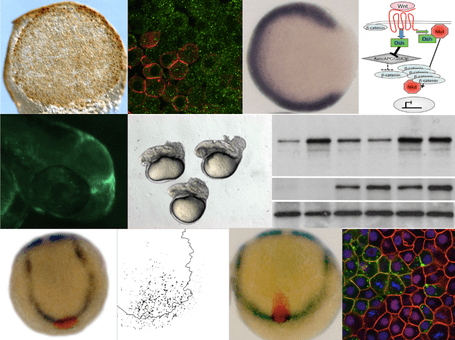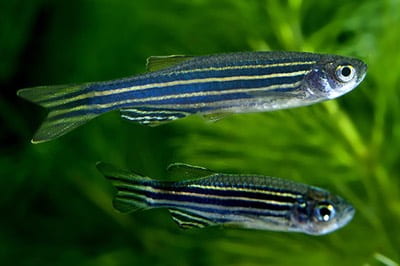Wnt Signaling Lab

Our lab uses early zebrafish development to generate the blueprint of the Wnt Signaling Pathway. The Wnt signaling pathway is one of the most important pathways in development and in human disease. Please puruse these pages to find out more about what we do.
About Me

My interest in biological research started as an undergraduate summer research technician at the University of Windsor with Dr. Paul Hebert and then as a senior research project in the laboratory of Dr. Teri Crease. I followed Dr. Crease to the University of Guelph to complete my MSc. after which, I worked for several years in biotech as a Research Scientist at Genzyme and then Genetics Institute, outside of Boston, MA. It was during this time that I discovered the wonders of developmental neurobiology and decided to pursue my Ph.D. in the Neuroscience program at the University of Utah. Working in the laboratory of Dr. Monica Vetter, I studied the role of Wnt signaling during Xenopus retinal development. Following my Ph.D., I took up a collaborative postdoctoral position with Drs. Robert Coffey and Lilianna Solnica-krezel at Vanderbilt University in Nashville, TN. Here I pursued the role of the Wnt antagonist gene, naked, in the early development of the zebrafish embryo. While I continue to study the role of Naked during zebrafish development, I am focusing my attention at the molecular and cellular level to determine exactly how Naked can turn off Wnt signaling. I joined the Department of Molecular and Cellular Biology in 2008.





